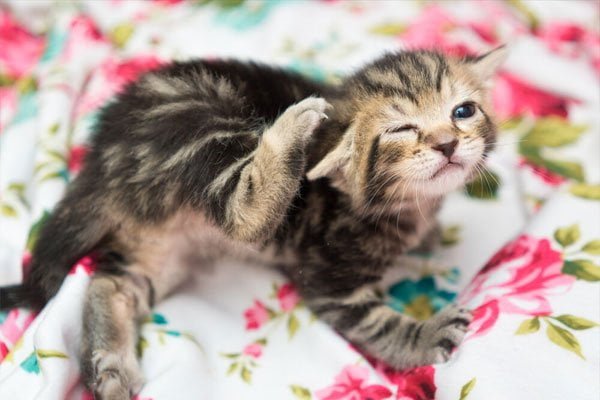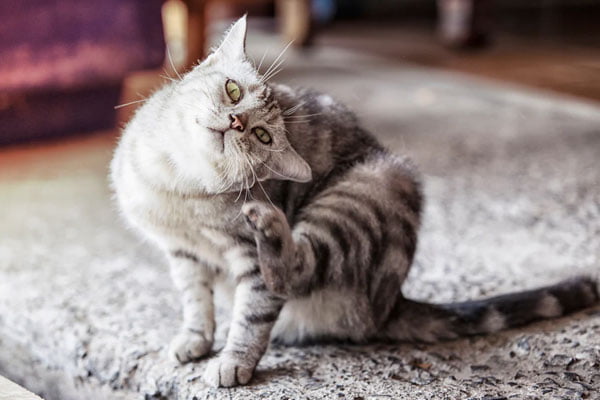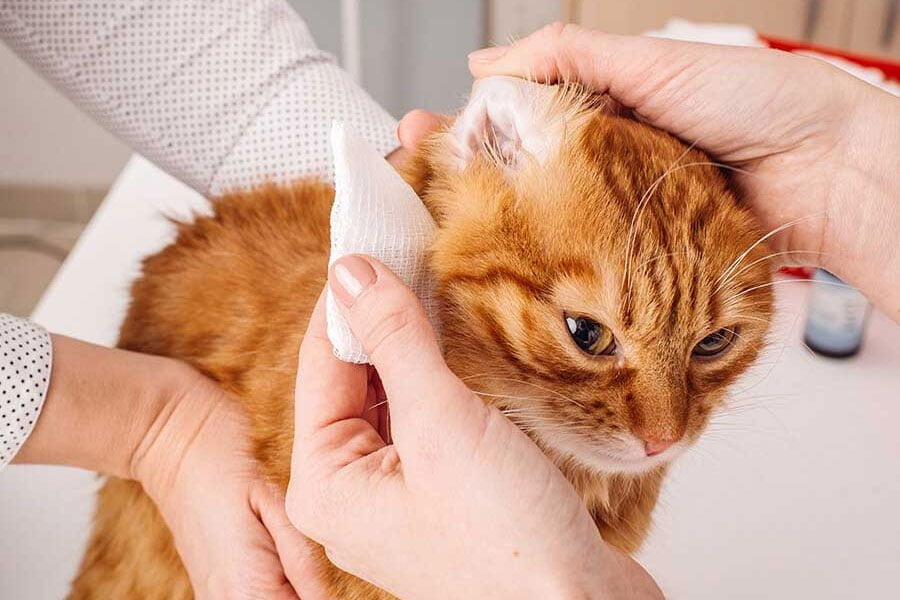Cats are excellent at grooming but can’t clean their ears. If you ever need to provide a helping hand, knowing how to clean a cat’s ears is crucial. Cleaning your cats’ ears at home lets you spot any health problems your feline may be experiencing, such as accumulated dirt, ear mites, or an infection.
Maintaining a cat’s grooming routine can also contribute to the health and happiness of your cat. Here are some simple guidelines for grooming your cat at home.
Benefits of Cleaning Your Cats’ Ears
Cats are recognized for being excellent groomers. Thus, they typically do not require ear cleaning. A periodic cleaning could be necessary to help prevent an ear problem, like an infection or mites. They find it challenging to groom the inside of their ears.
As a result, occasionally cleaning your cat’s ears may be necessary to prevent problems like ear infections and ear mite infestations.
How To Clean Your Cats Ears and Why it is Important?

Place your pet in your lap and firmly hold them there. Is your cat hesitant to cuddle? If so, then this is when the towel is useful.
Put your cat on your lap after carefully picking them up and wrapping them in a towel. If you have a human assistant, they can hold the cat while you groom its ears or vice versa.
Below, we have shown some more useful tips for cleaning your cat’s ears.
- If your cat is ranting at you or giving you the “What, are you crazy while cleaning?” look, talk to them calmly and quietly, and give them lots of affection.
- Examine your cat’s ears for debris, discharge, irritation, ear mites, and built-up wax. According to a study, it is suggested to pay attention to offensive odors and dermatological issues, including pimples, scrapes, and sores, which can indicate infection. Before you clean, get medical guidance from your veterinarian if any of these symptoms are present.
- Pull back your cat’s pinna, or ear flap, if their ears pass the visual and sniff tests. Are you operating alone? You are capable of completing this. Pull back the flap with one hand while holding the bottle of ear cleanser in the other.
- Keep the ear cleaner bottle close to your cat’s ear, but avoid sticking the tip of the bottle in the ear. Before using it, wipe the tip with an alcohol wipe if it comes in contact with your cat’s ear. Infection-causing bacteria and yeast are less likely to spread as a result.
- A few drops of cleaner should be placed in each ear. Next, gently massage the outside of the ears to ensure the cleaner has covered the whole ear. The cleanser helps to loosen the particles, which facilitates removal.
- When the cleaner drops in, your cat will shake their head, which will probably spill into its fur, but that’s okay. It won’t hurt your animal, pal.
- Clear your cat’s ear of any debris with a cotton pad. Once more, never insert anything—not even your finger—into your cat’s ear canal.
- On the opposite ear, repeat the procedure.
What are the Signs that your Cat needs to have their Ears Cleaned?

You should take your cat to the clinic if it constantly scratches its head or ears. They can require medicine for an infection or mites. Just remember that a bit of wax is typical. Rex, Sphinx, and other hairless breeds may create more wax than others.
Ask your veterinarian about the changes if the wax quantity varies since this might indicate your cat is experiencing a problem.
Frequently Asked Questions
1. What does it Cost to Clean Your Cats’ Ears?
Sometimes the cost of a checkup with your veterinarian includes an ear cleaning; other times, there may be a modest additional charge. It’s recommended to call your veterinarian to find out how much this service will cost.
2. What Exactly is the Dark Substance in my Cats’ Ears?
Black material in your cat’s ears may be a regular waxy discharge or indicate an ear mite or yeast infection.
3. What do I Require to Clean My Cats’ Ears?
There is no specific equipment required to clean your cats’ ears. You only need cotton balls or gauze, an effective ear-cleaning solution, and cat incentives to encourage good behavior. Avoid using cotton tip applicators owing to the possibility of damaging the ear canal or perforating the eardrum.
Additionally, cotton tip applicators may cause particles to enter the canal farther.
Conclusion
Most cats don’t require routine ear cleaning. Even so, it’s always a good idea to check your cats’ ears once a week, even if you discover that you don’t need to do it frequently. Regularly checking your cats’ ears may identify any possible health problems early on and cure your cat before things worsen.
















